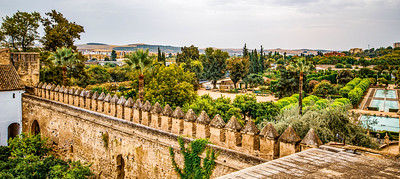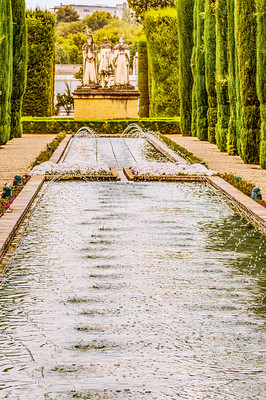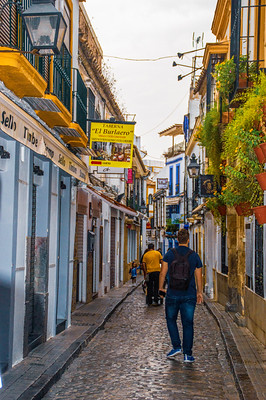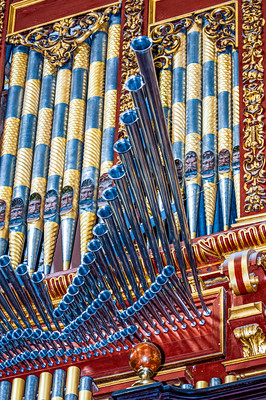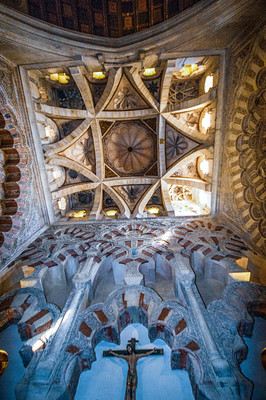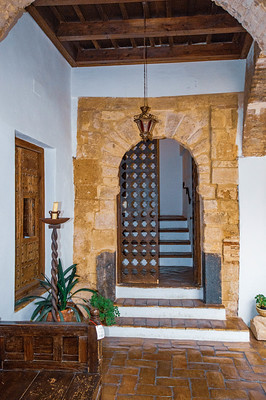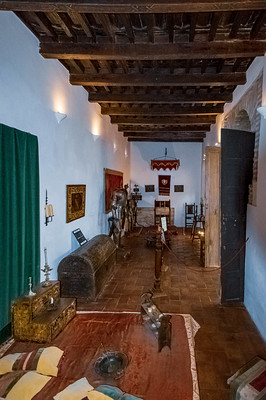Real Alcázar
The Real Alcázar in Córdoba is a historical fortress-palace complex that, although not as famous as its counterpart in Seville, offers a fascinating glimpse into the city’s layered past. It stands as a testament to Córdoba’s transition from its distinguished Islamic period to the later Christian era, illustrating how successive civilizations left their mark on its architecture and urban fabric.
The structure originally began as a fortified palace during the Islamic rule of Córdoba. In its early incarnation, it served not only as a residence for rulers but also as a defensive stronghold. The design elements from this period often include intricate arches, water features, and geometric motifs—the hallmarks of Moorish architecture.
After the Christian Reconquista, the complex was adapted and expanded upon by the new rulers. This period introduced modifications that integrated Gothic or Renaissance elements with the preexisting Islamic design. The term “Real” (royal) in its name points to its use as a residence and administrative center by the monarchs, reflecting the shift in power and the blending of cultures.
The ruins and restored sections provide insight into diverse historical layers—where original Moorish construction meets Christian additions. This fusion represents not only changes in political and cultural landscapes but also a continuous evolution in aesthetic and practical approaches to palace and fortress design.
References
Text generated by Microsoft CoPilot



 Alcázar de los Reyes Cristianos
Alcázar de los Reyes Cristianos